Why You Should Review Your Business Systems Before the Year Ends
As the year draws to a close, many business owners are reflecting on their successes and challenges. This is the perfect time to review your business systems and processes to ensure they’re working efficiently and effectively. A comprehensive review can reveal opportunities for improvement, eliminate inefficiencies, and set the stage for a more productive year ahead.
Why review your business systems?
Taking the time to evaluate your systems ensures your business is operating at its best. A well-executed review can uncover inefficiencies, highlight growth opportunities, and align operations with your long-term goals.
- Identify Inefficiencies: Over time, outdated processes can slow down operations and increase costs. A review helps you pinpoint areas that need streamlining.
- Adapt to Growth: As your business grows, your systems need to evolve. What worked for a smaller team or fewer clients may no longer be sufficient.
- Leverage New Tools: Technology is constantly advancing. Reviewing your systems allows you to explore tools or software that can enhance productivity.
- Ensure Alignment with Goals: Your business systems should support your overarching goals. A review helps ensure that your operations align with your vision for growth.
- Enhance Customer Experience: Inefficient systems can lead to delays or errors, negatively affecting customer satisfaction. Reviewing your systems ensures you’re delivering the best possible service.
Steps to review your business systems
After understanding why a review is crucial, it’s time to focus on actionable steps. These practical guidelines will help you thoroughly assess and refine your business systems for optimal performance.
- Evaluate Current Processes:
- Document your existing workflows, tools, and systems.
- Identify bottlenecks or areas where tasks take longer than necessary.
- Collect Feedback:
- Speak with your team members and clients to understand their experiences.
- Use surveys or one-on-one interviews to gather insights.
- Analyze Data:
- Review performance metrics to see how well your systems are working.
- Look at data like response times, completion rates, and error frequency.
- Assess Your Tools and Software:
- Evaluate whether your current tools meet your needs.
- Research alternatives that might be more efficient or cost-effective.
- Revisit Policies and Procedures:
- Ensure that your policies are up-to-date and reflect your current operations.
- Adjust procedures to align with best practices or changes in your industry.
- Set Goals for Improvement:
- Identify specific objectives for each area of improvement.
- Prioritize changes based on their potential impact.
- Implement Changes:
- Roll out updates gradually, starting with the most critical systems.
- Train your team on new processes or tools to ensure smooth adoption.
- Monitor Progress:
- Track the performance of updated systems to measure their effectiveness.
- Regularly review metrics to ensure continuous improvement.
Tips for a successful review
- Schedule Time: Dedicate specific time slots for this review. For example, set aside a quiet Friday afternoon to focus entirely on assessing your systems without distractions.
- Involve Your Team: Your team often has firsthand knowledge of system inefficiencies. For instance, a customer support team member might highlight recurring issues with your ticketing system that you’ve overlooked.
- Stay Objective: Approach the review with an open mind. Imagine you’re auditing someone else’s business to gain a fresh perspective. For example, use a checklist to evaluate systems objectively based on efficiency, cost, and usability.
- Plan for the Future: Use the review as an opportunity to forecast future needs. For example, if you’re planning to double your client base next year, ensure your project management tool can handle increased workload.
Conclusion
Reviewing your business systems at the end of the year is not just a housekeeping task—it’s a strategic move to position your business for success. By identifying inefficiencies, adapting to changes, and setting goals for improvement, you can enter the new year with systems that support growth and efficiency.
Delegating is a growth strategy.

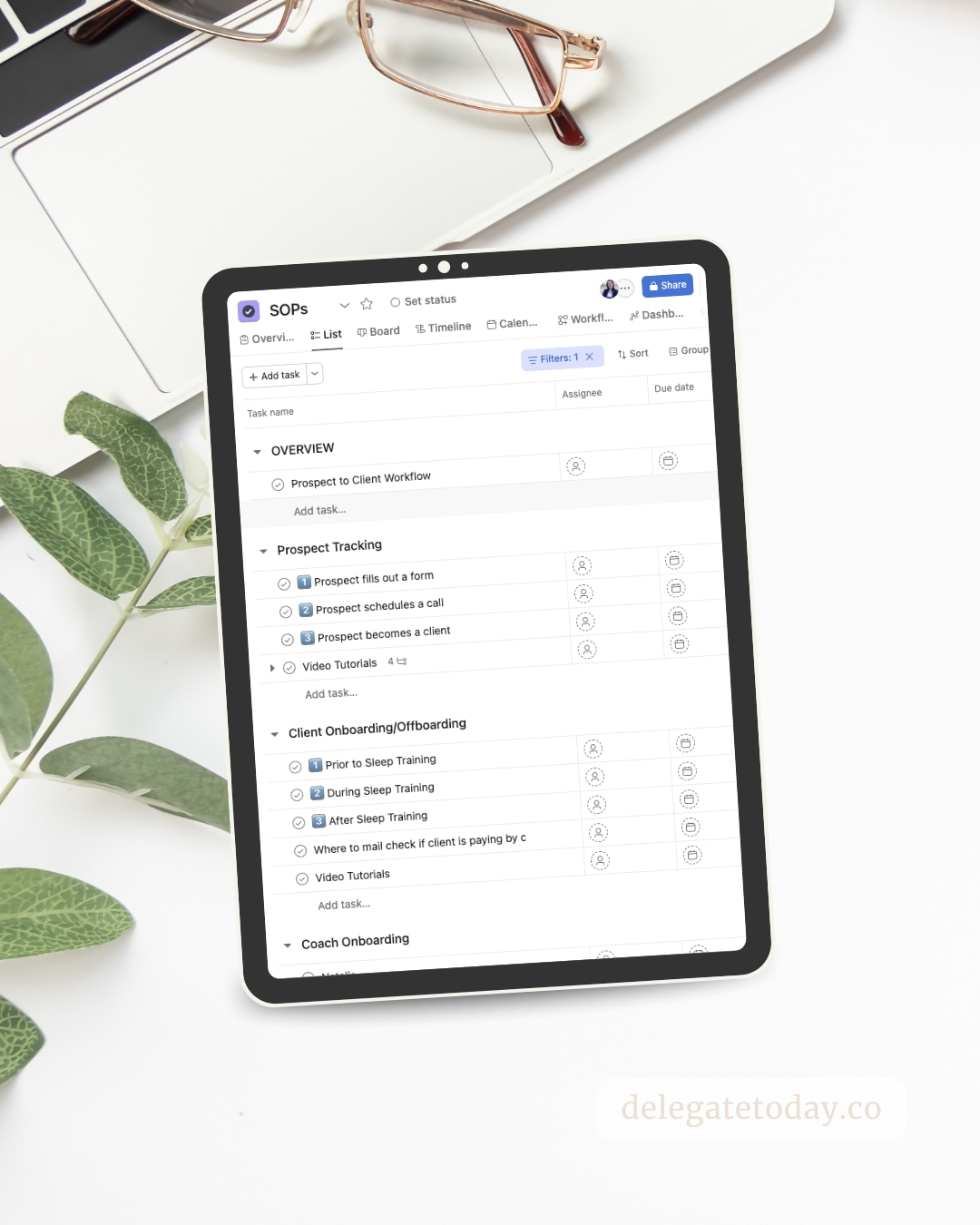

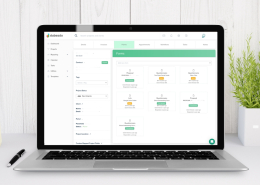












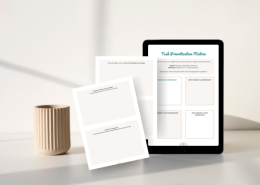




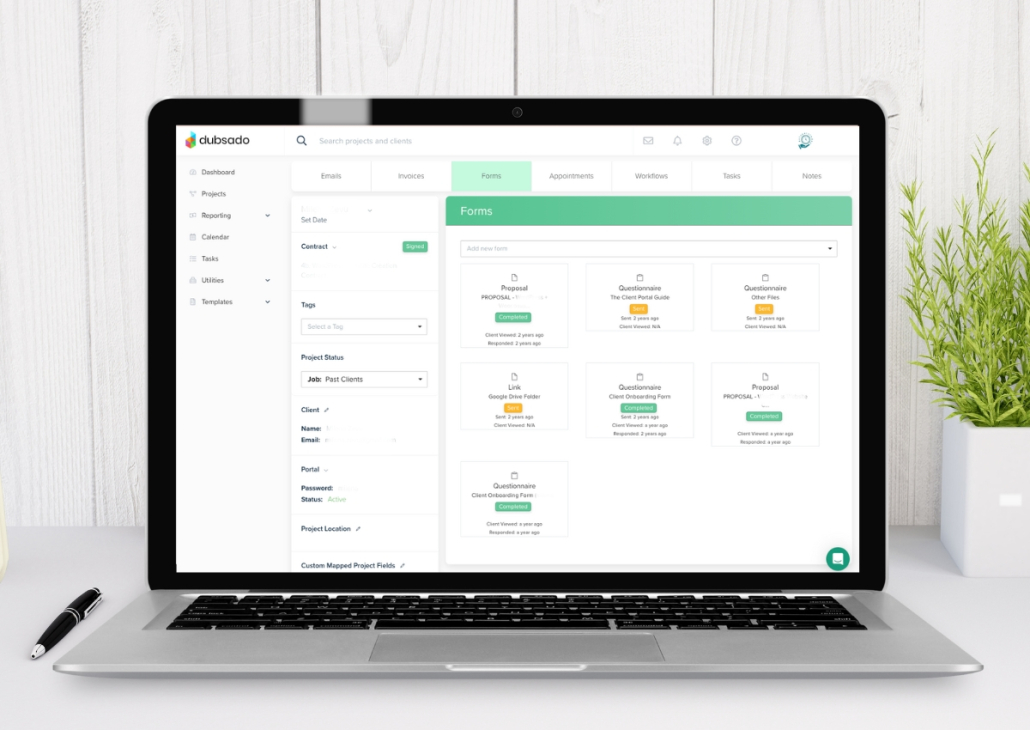


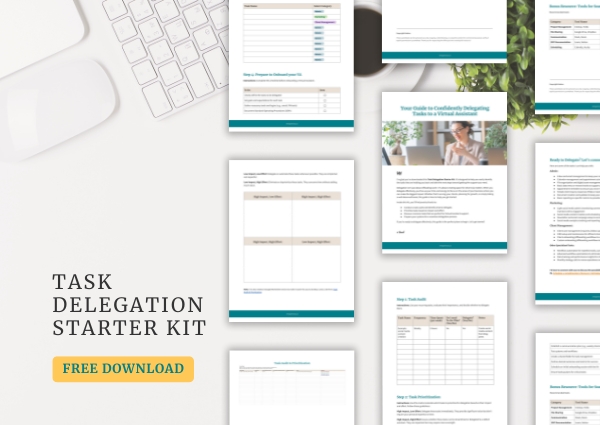















Comments